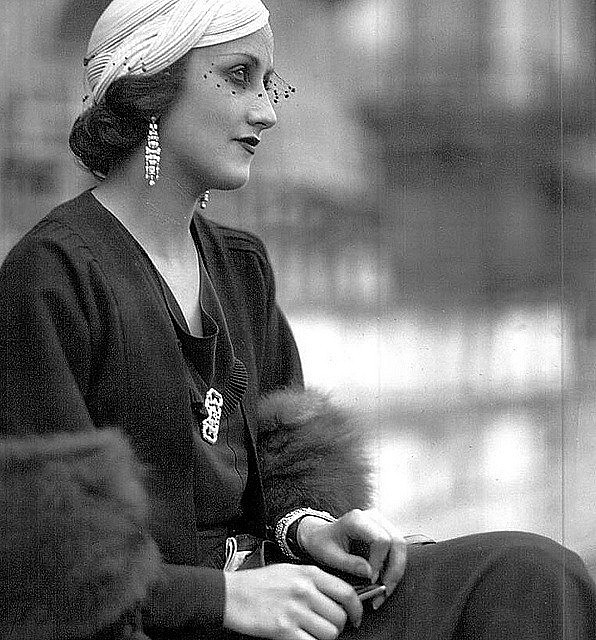- “I envy anyone who gets to go to Paris for the first time because there’s nothing like the first time” – Marc Jacobs
- “[France means] great education, great style, no time for bullshit” – Kanye West
- “The phrase that comes to mind when I think of France is ‘The center of the world’,” – Moby
In 1923, the International Research Kinema, a powerful Hollywood film agency, sent a telegraph to three brothers in Paris. Photographers Jules, Louis, and Henri Seeberger were asked to take “representative” photographs of Paris to help producers reconstruct the City of Light on Hollywood sets. What the Seeberger Brothers took were essentially fashion photos of Paris’ highest class, what today we’d call street style à la Bill Cunningham or Scott Schuman.

